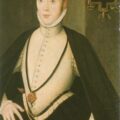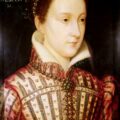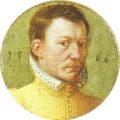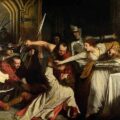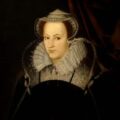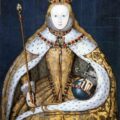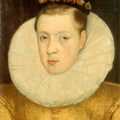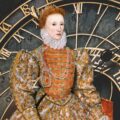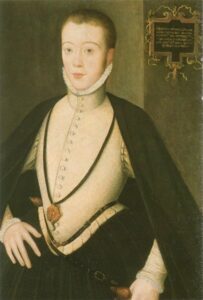
On this day in history, the 10th February 1567, Lord Darnley was murdered at Kirk o’ Field, Edinburgh, in the Royal Mile, just a few hundred yards from Holyrood House where his wife, Mary Queen of Scots, and baby son, the future James VI/I, were staying.
Henry, Lord Darnley, had been lodging at Kirk o’ Field while convalescing after contracting either syphilis or smallpox. What he didn’t know was that while he had been recovering his enemies had been filling the cellars of the house with gunpowder.
At 2 o’clock in the morning of the 10th February 1567, Kirk o’ Field was blown to pieces by a huge explosion which was said to have been heard throughout Edinburgh. The house was reduced to rubble and Darnley’s body was found in a neighbouring garden, by a pear tree, beside that of his groom, with a dagger lying on the ground between them.
Historian Magnus Magnusson wrote of how his night-gown clad body showed signs of strangulation and concluded that Darnley had been strangled to death before the explosion. Perhaps something had awoken Darnley and he had attempted to flee the house, with his groom, using the chair and rope, which were also found in the garden, to escape from a first floor window. It appears that both men were intercepted and murdered. Perhaps the explosion was an attempt to cover up their murders but the men had got out of the house before meeting their murderer.
Mary Queen of Scots observed 40 days of mourning for her husband, but there were rumours that she was insincere and rumours of murder. It was not long before the Earl of Bothwell’s name (James Hepburn, 4th Earl of Bothwell) was linked to Darnley’s murder as the shoes of Archibald Douglas (Parson of Douglas), a supporter of Bothwell, were found at the scene of the crime and it was alleged that Bothwell had supplied the gunpowder.
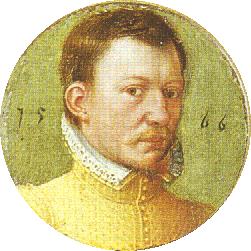
On the 24th April 1567, Bothwell and 800 men met Mary on the road between Linlithgow Palace and Edinburgh, and Bothwell warned Mary that there was danger waiting for her in Edinburgh. He then insisted that she go with him to Dunbar, to his castle, so that he could protect her. On arrival at Dunbar at midnight, Bothwell took Mary hostage and allegedly subjected her to a violent rape so that she would marry him. On the 12th May, Mary made Bothwell Duke of Orkney and then married him on the 15th May at Holyrood, just over a week after his divorce from Jean Gordon, Countess of Bothwell, came through. On reporting the events to London, Sir William Drury noted that although it looked as if Mary had been forced into the marriage by Bothwell, things were not as they appeared. There was evidence that Mary had shown an interest in Bothwell in October 1566 when she travelled four hours by horseback to visit him at Hermitage Castle when he was ill. It was all very suspicious.
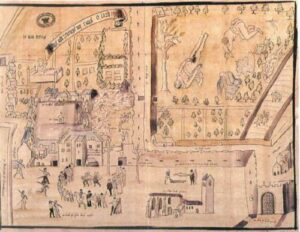
It is thought that Lord Darnley’s murder and Mary’s links with Bothwell were factors in her eventual trial and execution. The famous Casket Letters, which were produced at the York Conference in 1568, were said to implicate Mary in Darnley’s murder, but many historians now believe that these letters were forgeries. It looks like we will never know whether Mary Queen of Scots played a part in the murder of her husband, Lord Darnley, father of James I of England.
